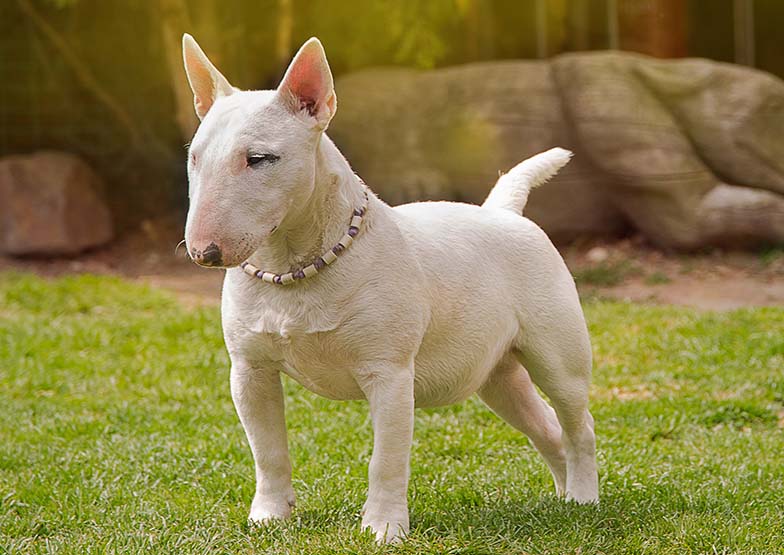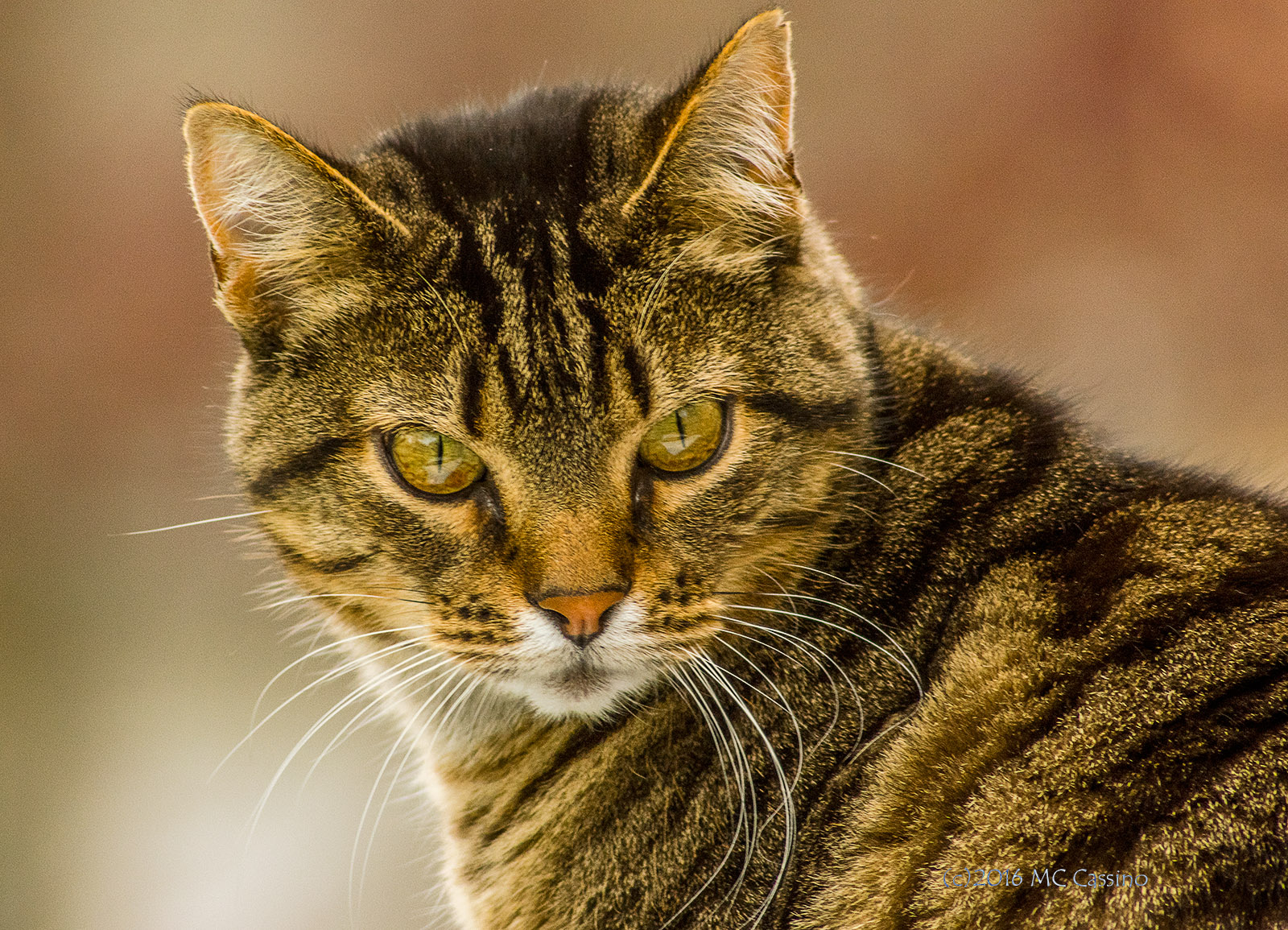 First session of Sorcerer! Allowing for a little more time to finalize the characters and one of the demons. As discussed in the previous post, the starting statements are Demons are pets and Ancient ruined cities, and our first meeting resulted in a strong Nordic Noir vibe as well. Pedro is playing Ingmar, a Swedish police detective, and Aybars is playing Ahmet, a Turkish police captain. Bodies (and disappearing bodies) figure heavily in their situations.
First session of Sorcerer! Allowing for a little more time to finalize the characters and one of the demons. As discussed in the previous post, the starting statements are Demons are pets and Ancient ruined cities, and our first meeting resulted in a strong Nordic Noir vibe as well. Pedro is playing Ingmar, a Swedish police detective, and Aybars is playing Ahmet, a Turkish police captain. Bodies (and disappearing bodies) figure heavily in their situations.
We spent most of the time discovering our shared player language for culture and sense of place for people in it, which despite whatever limitations are apparent (I'm sure I have many), seemed to go very well. I think the transition to Konya was effective and provides a strong foundation for further play.
You may notice that the Kickers are pretty straightforward: "my close friend was murdered in a horrifying ritualistic way," and also focused on getting the two characters together. The latter is a bit boring or unnecessary as Kicker content … except as in this case, when the characters' contrasting identities (in this case, cultural backgrounds) are considered a source of excitement or potential. Knowing this, I was able simply to take them as given and move into play without the need for processing or refining the stated Kickers. The less such processing or refining, the better.
 I'd be happy to discuss why I think "demons are pets" is a very powerful context for playing this game, and not the silly throwaway that it might seem to be at first. Consider whether pets, in real life, are people or not, and consider a very different question, of what it means to us when we treat them as people, and what kind of person we think they are. Again, in real life, the answers to these questions and the confusion between the questions in the first place, lead to some very strange social and emotional results. Making that whole interaction literally demonic may carry a lot of weight.
I'd be happy to discuss why I think "demons are pets" is a very powerful context for playing this game, and not the silly throwaway that it might seem to be at first. Consider whether pets, in real life, are people or not, and consider a very different question, of what it means to us when we treat them as people, and what kind of person we think they are. Again, in real life, the answers to these questions and the confusion between the questions in the first place, lead to some very strange social and emotional results. Making that whole interaction literally demonic may carry a lot of weight.
 It also resulted in an effect in play that I didn't anticipate. I don't think I've played animals as ongoing characters before, meaning, neither minor parts or anthropomorphized animals (which is better described as people in cool makeup). Since I didn't want to play them as merely colorful supporting cast, I had to intuit or invent what I think a cat would say if it could talk, not merely dub the voice of this or that "funny character actor" onto a cat. It meant as well that I relied a lot on body language or nonverbal actions for them too, which as you'll see involves a lot more body parts than one might really want a close-up look at … as real pet owners are fully aware.
It also resulted in an effect in play that I didn't anticipate. I don't think I've played animals as ongoing characters before, meaning, neither minor parts or anthropomorphized animals (which is better described as people in cool makeup). Since I didn't want to play them as merely colorful supporting cast, I had to intuit or invent what I think a cat would say if it could talk, not merely dub the voice of this or that "funny character actor" onto a cat. It meant as well that I relied a lot on body language or nonverbal actions for them too, which as you'll see involves a lot more body parts than one might really want a close-up look at … as real pet owners are fully aware.
Sometimes I forget to run the Binding rolls and Humanity checks for the starting demon, in which case I just do it whenever I remember. In this case you'll see me remember right after the action starts, so the rolls in question don't have anything to do with the fiction of the moment – they're effectively just housekeeping.
Speaking of rolls, you'll see us doing it a lot – much more often than the current trend of waiting for utterly decisive, scene-finishing conflicts. I prefer Sorcerer to be played this way, with dice going off all the time, for all sorts of things. That works best when both players are very emotionally and physically active, that is, in what they have their characters do. For instance, Ahmet's first moments of play turn out to be a Humanity action, of all things.
At the very end, you'll see the players undergo two rolls each: whether to spot each other's Telltale and thus whether the other is a sorcerer; and whether to spot the presence of the other character's demon. These rolls tipped strongly toward one edge (even when Aybars' number of dice was considerably higher than the opposition), so that neither realizes the other is a sorcerer, and only Ahmet spots Ingmar's demon. So one of them knows that "more demons are involved," but that's all.
So … what do you see when you watch this?

3 responses to “Policemen who talk to their pets”
Since I didn’t want to play
Since I didn't want to play them as merely colorful supporting cast, I had to intuit or invent what I think a cat would say if it could talk, not merely dub the voice of this or that "funny character actor" onto a cat.
You may want to read Hell Hound, by Ken Greenhall. The book is written entirely from the perspective of the mind of a killer dog. Nasty stuff, but very interesting perspective. Coincidentally, and totally unintentionally, the dog is a Bull Terrier, like my demon in this game. You can read an insightful review of the book here:
http://toomuchhorrorfiction.blogspot.com/2014/02/hell-hound-by-ken-greenhall-1977-hes.html
Good stuff for (sociophatic) demon perspectives.
Also, it's interesting how the demons turned out to be not only "pets" on a conceptual level as per the two statements, but actually look and feel like pets all the way. This may feel cliche and poorly imaginative, but I think it's actually for the better, since their demonic nature (good-natured or otherwise) will have greater contrast.
Consider whether pets, in real life, are people or not, and consider a very different question, of what it means to us when we treat them as people, and what kind of person we think they are.
I once had a dog that I think thought of himself as the leader of the pack. We were all bellow him in the Great Order of Things. Some interesting parallells can be though when your demons are "pets" and they get the upper hand on those binding rolls.
At the very end, you'll see the players undergo two rolls each: whether to spot each other's Telltale and thus whether the other is a sorcerer; and whether to spot the presence of the other character's demon. These rolls tipped strongly toward one edge (even when Aybars' number of dice was considerably higher than the opposition), so that neither realizes the other is a sorcerer, and only Ahmet spots Ingmar's demon. So one of them knows that "more demons are involved," but that's all.
I presume the rolls to spot each other's demons came from the demons having quite some capabilities on Perception-based abilities? I don't remember in the ruleset this being a to-do thing when two Sorcerer's meet, except as far as the sorcerers themselves are concerned. I'm interested in your thinking here.
I think the way the rolls came out leads to an interesting situation for character interaction.
As you implied, I left “pets”
As you implied, I left "pets" completely open as a concept. A given demon might or might not seem like an ordinary pet, or the term might apply only to the relationship, or anything in between. (for those reading) Aybars originally conceived of his demon as a ring, but as prep continued, the concept moved further and further away from anything to do with pets, until I asked him to reconsider. I didn't ask him to go as far as he did, which was to make Solomon 100% cat, but I'm glad he did. I think the effect of "demon familiar" is full of power, possibly the more so because it seems like a standard image, but then again, I can't think of very many good examples in previous works.
The rolls at the end were pretty much my standard procedure for when sorcerers meet. We did it in the previous game too, but early in that game, I wasn't talking through the rolls and the players probably missed it.
Sorcerers roll to spot one another's Telltales and thus realize one another is a sorcerer. This is Lore vs. Lore, so you rolled 2 vs. 4, and Aybars rolled 4 vs. 2. Both of you failed.
Sorcerers roll to spot the other's demon(s)' Telltale(s) and thus realize "that's a demon." This is a very easy roll, Lore vs. 1 die. Interestingly, you missed it.
I'm not sure if that fully explains everything you asked about, but that's the procedure, at least. I handled it as simply as possible without bothering about Cloak and stuff, as there was no driving circumstance of stealth and hiding going on.
The rolls at the end were
The rolls at the end were pretty much my standard procedure for when sorcerers meet. We did it in the previous game too, but early in that game, I wasn't talking through the rolls and the players probably missed it.
Sorcerers roll to spot one another's Telltales and thus realize one another is a sorcerer. This is Lore vs. Lore, so you rolled 2 vs. 4, and Aybars rolled 4 vs. 2. Both of you failed.
Yeah, that's how I've always played it. No questions there.
Sorcerers roll to spot the other's demon(s)' Telltale(s) and thus realize "that's a demon." This is a very easy roll, Lore vs. 1 die.
This is the part that for some reason felt strange to me back then. I mean, I get that when you see a demon you can roll to see if you recognize it as such (Telltale and all that). But somehow, in the context of the scene, I felt like you were just going through a standardized procedure that I didn't remember from the rulebook, like the one for the meeting of the sorcerers themselves. Maybe it's because I was thinking about my demon as being inconspicuous, and therefore it seemed more, dunno, logic that Aybars's character wouldn't just roll to perceive it unless it had manifested. But now that you mention it, it does make fictional and conceptual sense to roll like you did.
Interestingly, you missed it.
Nothing new under the Sun.